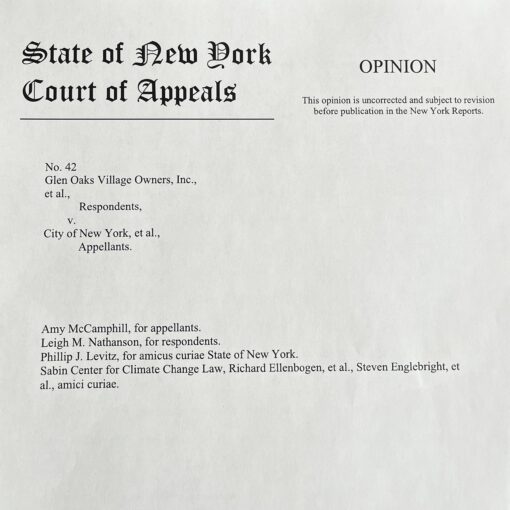 Jessica Wentz
Jessica Wentz
Associate Director and Postdoctoral Fellow
Earlier this month, the City of Miami submitted comments on the draft Environmental Impact Statement (DEIS) for the proposed expansion of the Turkey Point Nuclear Power Plant, urging the Nuclear Regulatory Commission (NRC) to reject the project in light of climate-related risks. The City’s chief concerns are that the project will exacerbate the “enormous water quality and land use related challenges imposed by climate change” and impair the city’s ability to implement local adaptation strategies.[1]
The site of the proposed project—a low-lying peninsula on the Biscayne Bay—is situated along a coastline which the U.S. Global Change Research Program has rated as having a “high” to “very high” vulnerability to sea-level rise.[2] The City’s comments therefore focus on the risks of siting the project in such a sensitive location. For example, the City notes that the project will require the diversion of large amounts of freshwater from an aquifer that is already depleted and highly susceptible to salt water intrusion from sea level rise and storm surge. The City further explains that the risk of a freshwater shortage will probably increase during the project’s lifetime, because climate change models suggest that South Florida will experience a 3-11% and up to 20% reduction in rainfall by 2100.[3] But the DEIS does not account for these considerations—rather, it misrepresents both current and future hydrological conditions by using a 1996-2004 baseline to analyze groundwater salinity levels.
The City also raises concerns about the DEIS’s inadequate analysis of how sea level rise, increased storm surge, and more intense hurricanes may increase the risk of serious accidents. Specifically, the City cites deficiencies in the analysis of: (i) the severity of on-site flooding and corresponding implications for plant safety, (ii) the possible loss of the backup cooling system in the event of a freshwater shortage, and (iii) the risk of constructing very tall transmission lines that do not confirm to Florida’s building standards for “high velocity hurricane zones.”
Due to these concerns, the City urges the NRC to expand its consideration of sea-level rise and related coastal impacts in its decision-making process for this project. Specifically, the City requests that the final EIS incorporate higher sea level rise projections and local measurements of sea-level rise rates into its analysis of the risks presented by the facility. The City also notes that the DEIS only considers sea level rise in a separate Appendix, and requests that the NRC better integrate this analysis into the various components of its environmental review. Finally, the City requests that NRC conduct a more thorough analysis of the potential for severe accidents in the context of climate change, which would include a “worst-case scenario evaluation” of how sea level rise, storm surge, and hurricanes could impact the project in the coming decades.
[1] City of Miami’s Amended Comments on the Draft Environmental Impact Statement, Combined Licenses for Turkey Point Nuclear Plant Units 6 & 7 (July 17, 2015) at 1.
[2] U.S. Global Change Research Program, Climate Change Impacts in the United States: The Third National Climate Assessment (2014) at 401.
[3] See Vasubandhu et al., Climate Scenarios: A Florida-centric View, STATE UNIV. SYSTEM OF FLORIDA (Nov. 2011) (citing Enfield et al., Mid-Century Expectations for Tropical Cyclone Activity and Florida Rainfall); see also Climate Change and Water Management in South Florida: Interdepartmental Climate Change Group, SOUTH FLORIDA WATER MANAGEMENT DISTRICT (Nov. 2009).




